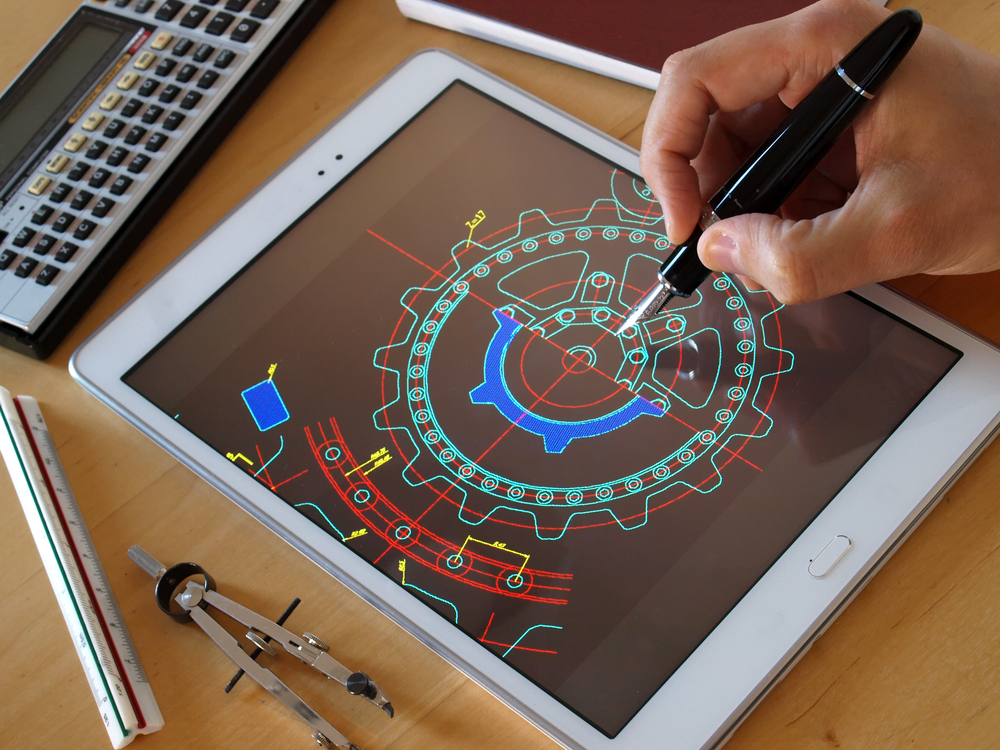In the fast-paced world of engineering startups, the ability to rapidly develop and iterate on product designs can be the difference between success and failure. Prototyping plays a pivotal role in this process, enabling entrepreneurs to test ideas, gather feedback, and refine their offerings efficiently. In this article, we delve into innovative prototyping techniques that are revolutionizing product development in engineering startups, accelerating their journey from concept to market.
- The Power of Rapid Prototyping:
Traditional product development cycles can be lengthy and resource-intensive, posing significant challenges for startups with limited time and budget. Rapid prototyping offers a solution by providing a quick and cost-effective means of translating ideas into tangible prototypes. Techniques such as 3D printing, laser cutting, and CNC machining allow entrepreneurs to create physical models with unprecedented speed, facilitating rapid iteration and validation of design concepts. - Iterative Design and Feedback Loop:
One of the key advantages of rapid prototyping is its ability to support an iterative design process. Instead of relying solely on theoretical models or simulations, startups can quickly produce prototypes and gather real-world feedback from stakeholders, customers, and end-users. This feedback loop enables continuous refinement of product features, functionality, and user experience, leading to more robust and market-ready solutions. - Embracing Digital Prototyping:
In addition to physical prototypes, engineering startups are increasingly leveraging digital prototyping tools to accelerate product development. Computer-aided design (CAD) software enables entrepreneurs to create detailed virtual models of their products, facilitating faster design iterations and simulations. Virtual prototyping allows for comprehensive testing and optimization of product performance, manufacturability, and aesthetics before committing to physical production, reducing time-to-market and minimizing costly errors. - Collaborative Prototyping Platforms:
Collaboration is essential for success in startup environments, and prototyping platforms are emerging to facilitate seamless collaboration among multidisciplinary teams. Online platforms and cloud-based tools enable engineers, designers, and other stakeholders to collaborate remotely on prototyping projects, sharing ideas, designs, and feedback in real-time. By fostering collaboration and communication, these platforms enhance productivity and streamline the prototyping process, enabling startups to leverage the collective expertise of their team members and external partners. - Integrating Advanced Materials and Manufacturing Techniques:
Advancements in materials science and manufacturing technology are opening up new possibilities for prototyping in engineering startups. From advanced composites to additive manufacturing processes like selective laser sintering (SLS) and stereolithography (SLA), startups now have access to a diverse range of materials and manufacturing techniques to realize their product visions. By experimenting with novel materials and processes early in the prototyping stage, startups can optimize product performance, durability, and cost-effectiveness, gaining a competitive edge in the market.
Conclusion:
Innovative prototyping techniques are revolutionizing product development in engineering startups, empowering entrepreneurs to accelerate their journey from concept to market. By embracing rapid prototyping, iterative design methodologies, digital tools, collaborative platforms, and advanced materials, startups can streamline the product development process, mitigate risks, and increase their chances of success in today’s dynamic business landscape. As technology continues to evolve, the role of prototyping in driving innovation and entrepreneurship will only become more prominent, fueling the growth of the startup ecosystem worldwide.

